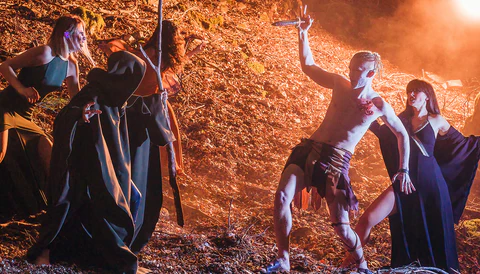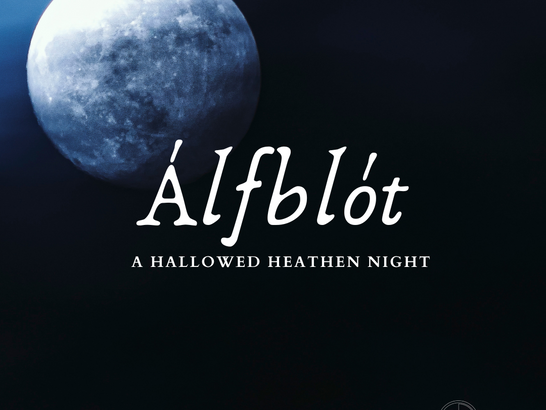From the dense forests of ancient Scandinavia to the quaint villages of Ireland, the festivals of Álfblót and Halloween have left an enduring mark on human consciousness. While seemingly disparate, a deeper exploration of their origins and significance reveals surprising parallels and fascinating tales of cultural exchange.
Álfblót: A Sacred Viking Ritual
Álfblót, an Old Norse term often translated as “sacrifice to the Álf,” was a central part of Viking culture. The Álf were supernatural beings in Norse mythology, depicted as ethereal creatures inhabiting forests, mountains, and bodies of water. Vikings believed these entities could bestow both blessings and curses upon humans, depending on how they were treated.
Álfblót rituals typically involved:
- Offerings: Vikings would leave food, drink, or other items at places believed to be inhabited by the Álf, seeking their protection or avoiding misfortune.
- Rainmaking: The Álf were also thought to influence the weather, so Vikings performed rituals to invoke rain for bountiful harvests.
- Livestock protection: Álfblót rituals were conducted to safeguard livestock from diseases or harm caused by these supernatural beings.
Halloween: A Celtic Celebration and Its Influence
Halloween traces its roots to the Celtic festival of Samhain, marking the end of the harvest season and the beginning of winter. Celts believed that on Samhain night, the veil between the world of the living and the dead became thin, allowing spirits to roam the Earth. To ward off evil spirits and honor ancestral spirits, Celts engaged in various rituals such as bonfires, costume-wearing, and carving jack-o’-lanterns.
Similarities and Differences
- Connection to the Supernatural: Both Álfblót and Halloween share a strong connection to the supernatural realm. Álfblót involves the Álf, while Halloween is linked to the spirits of the deceased.
- Seasonal Timing: Both festivals occur around seasonal transitions when the boundaries between worlds are perceived to be more permeable.
- Ritual Practices: Common rituals include offerings, costumes, and protective measures against malevolent forces.
However, notable differences exist. Álfblót is deeply rooted in Norse mythology and Viking culture, while Halloween is a blend of various cultural influences, including Celtic and later European traditions.
Álfblót and Viking Culture

Álfblót was more than just a ritual; it reflected the Vikings’ profound belief in the natural world and supernatural entities. The veneration of the Álf demonstrates the Vikings’ respect for their environment and their desire to live in harmony with nature.
The influence of Álfblót on Viking culture is evident in:
- Architecture: Many Viking homes and structures were built near natural features believed to be inhabited by the Álf, such as streams, waterfalls, or dense forests.
- Art: Depictions of the Álf appear in various Viking art forms, including carvings on stones, jewelry, and ship paintings.
- Literature: Tales of the Álf are woven into many Norse poems and sagas.
Conclusion
While Álfblót and Halloween may have distinct origins and practices, they both reflect humanity’s enduring fascination with the supernatural and the cyclical nature of life. By comparing these two festivals, we gain a deeper appreciation for the diversity and richness of human beliefs and cultures.

